"After the Meron Disaster, We Discovered to Our Fear That We Documented Everything on Camera"
Filmmaker Shirley Tzachik intended only to film a short segment for a documentary about Meron, but she found herself witnessing Israel's largest civilian disaster. Now, she shares her experience and tells her life story.
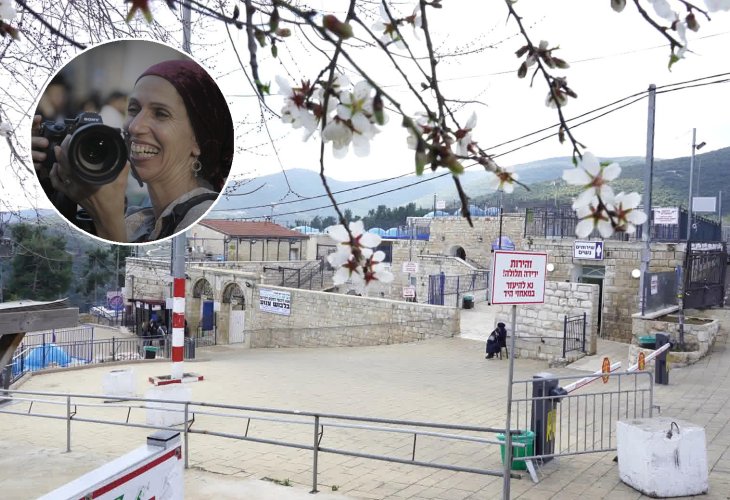 (In the circle: Filmmaker Shirley Tzachik)
(In the circle: Filmmaker Shirley Tzachik)Shirley Tzachik has been involved in documentary filmmaking for 20 years. After returning to her roots 18 years ago, she produced two films focusing on Judaism, providing a glimpse into a world not well-known to the secular public.
But speaking with Shirley quickly reveals that her personal life story is as fascinating as the films she produces. It is a story of searching, questioning, and finding answers. It's a story of returning to her faith, a process she says continues to this day.
A Girl Seeking Meaning
"My journey towards Judaism began when I was 13," Shirley explains. "During those days, I stumbled upon an article about a child who ended his life, and letters were included explaining he did it because he couldn't find life's meaning. I read the article and felt a deep connection with his feelings and questions, as I was also troubled by thoughts about life's purpose, never understanding what is truly required of us in this world or where we are headed."
Shirley notes that it's interesting she was drawn to spirituality, given she came from a non-spiritual home without any connection to Judaism. "I grew up in Ra'anana, attended a secular high school, and was active in a very left-wing youth movement. I remember one activity was about ‘Who is a Jew,’ and trying to answer it, I felt there was no real answer. It strengthened my feeling that there is some hidden meaning in the world that must be understood. This wasn't yet the stage where I thought about returning to Judaism, but it probably planted the seeds."
Over time, Shirley found herself delving into spiritual books like 'Man's Search for Meaning.' Meanwhile, she joined the army. "Interestingly, my military service was with a religious Zionist group called 'Avichai - Building with Two Hands of Jewish Hebron.' It could have been a great opportunity to become acquainted with the religious world, but I didn't realize it. I only remember the horror we felt when we learned we'd serve with those people. From my leftist perspective at the time, it seemed like the end of the world. I don't recall any deep conversation with them; the acquaintance remained superficial."
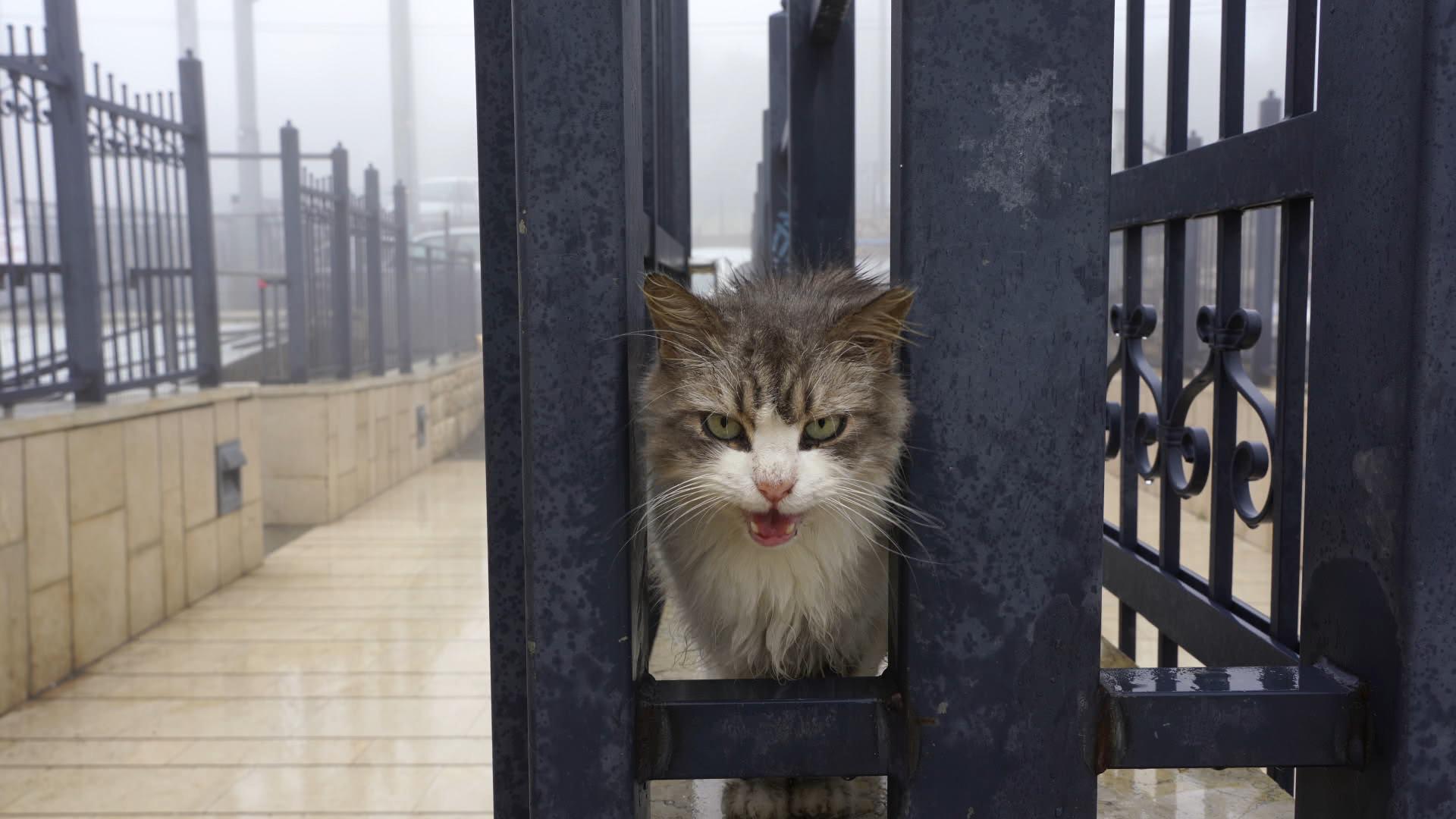
After the army, Shirley found most of her friends traveling to India, many even changing their names. "I was never interested in India; it didn't speak to me," she says. "So I stayed in Israel and at 22 started studying film at Tel Aviv University."
Two years into her studies, Shirley decided to explore India herself. "I decided that I wanted to taste India once and for all, to understand what everyone was talking about so I could say I tried. I traveled with a friend, and the only good thing from it was returning with the clear understanding that the truth wasn't there. Also, I returned with a gift—a book of Psalms brought by a fellow traveler. At the time, I had no idea what it was. She suggested I pray from it and said, ‘It's good to read on Shabbat.’ The book stayed with me and served me later."
Shirley continued her film and TV studies. "I focused mainly on documentaries, which attracted me more. I accompanied productions from the first writing stage to filming, deeply immersed in this world. At the time, I lived in Neve Tzedek, and a director in my area began observing Shabbat. We happened to talk, I saw him keep Shabbat, and it influenced me. I found it very interesting."
Despite this, Shirley emphasizes that she never thought she would return to Judaism. "Although I loved talks about lighting candles and Kiddush on Shabbat and even connected with them, freedom was the greatest ideal for me. It was clear nothing would take it from me."
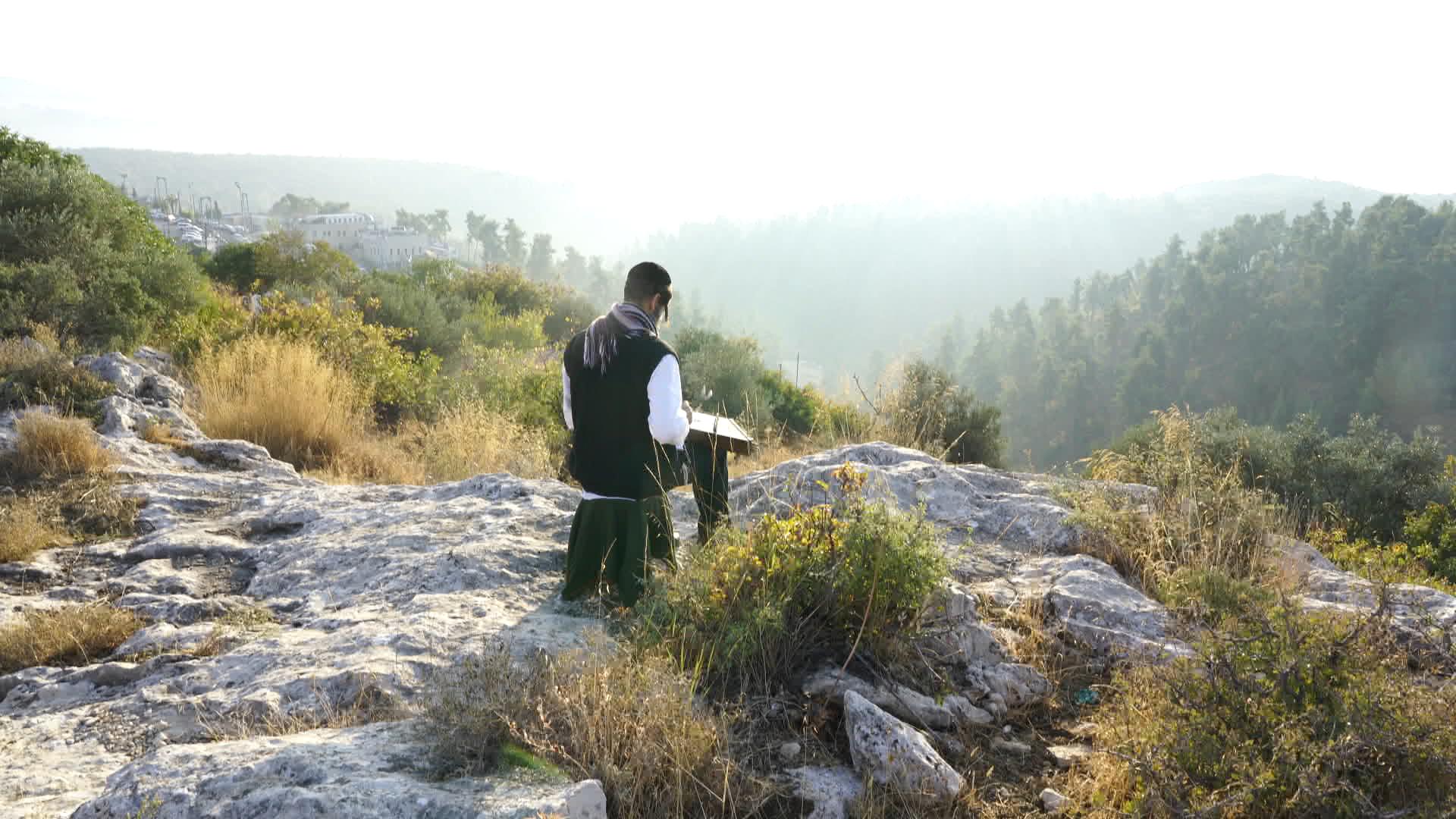
At the same time, she heard about the Yemima method and decided to study it. "I connected with the method," she notes, "and within a week, I started a study group at my Neve Tzedek home."
The studies, the Yemima method, and her spiritual search over many years took effect. "I began to understand nothing good would come from living in Tel Aviv," she recounts, "so I moved to the north, still searching, unsure of who I was or where I was heading."
One day, she heard a class by Rabbi Yuval Asherov would take place locally. "People said attendees enter without a kippah and leave with one. It intrigued me, but I wasn't affected. Though impressed by the class, I didn't feel the burst of desire to change my life. It simply wasn't time."
Yet the search didn't end. Shirley moved from Amirim to Lotem, a nearby artist community. "Many young artists and spiritual people lived there, which felt more suitable for me," she explains. "I lived there for some time, and I think my distance from home and people I knew helped me connect and be who I wanted without fear. I met my husband there, also returning to Judaism, started observing Shabbat, and progressed together in our spiritual journey. Eventually, we moved to Or HaGanuz and joined the local community, naturally. We've been there for over 14 years."
Jewish Documentary Filmmaking
How did your parents react to your transformation?
"It wasn't easy at all. When I visited them after the wedding with my head covering, my father said, 'You've gone completely crazy!' Though they didn't try to persuade me otherwise, it was very hard for them to accept the change. It took years for us to stabilize, for everyone to adjust. However, the gradual nature of my husband and my return to faith made things a bit easier."
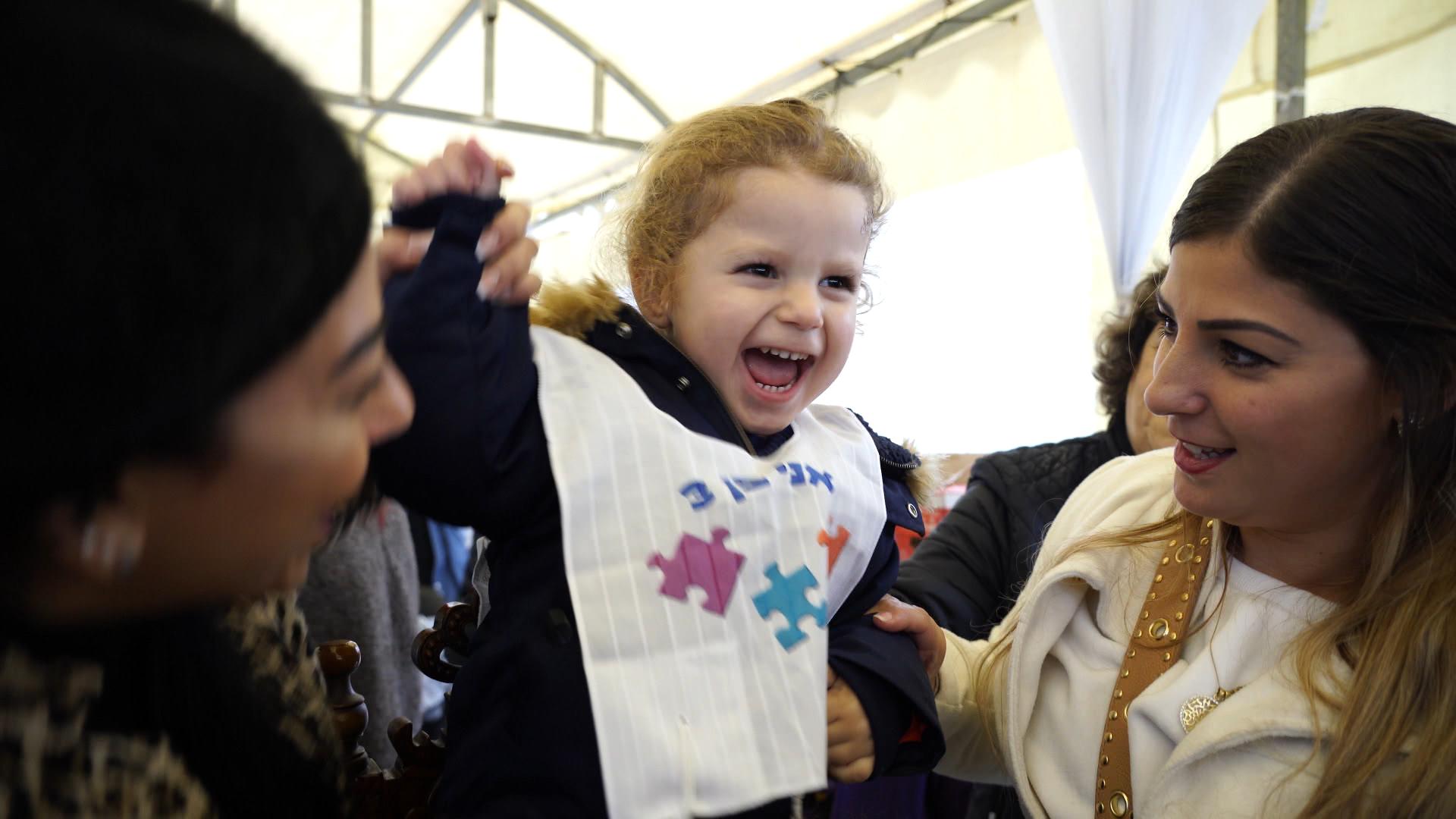
And regarding the film world? Did you abandon it after returning to Judaism?
"No, I never thought of leaving it. While living up north, I tried producing documentaries, but they never achieved the scale I aspired to. Partly because my films were for women only, and no broadcast network or fund supports such films.
"Meanwhile, our family grew with five children. I got involved in mental health and found my place in therapy. Yet, the dream to create remained within me. I knew my next project would be for all of Israel, filled with Jewish messages. These are my current life, and the only subject that interests me. After my spiritual journey, I wanted to share that with others, to let them feel it too."
Shirley returned to film only after her children grew a bit. "Now I have a wonderful producer, Abigail Sperber, working with me. Almost three years ago, we decided to fulfill the dream and create a documentary called 'The Secret of Rabbi Shimon - A Women's Perspective on Meron.' It's a film documenting several women regularly visiting Rabbi Shimon's tomb. Through their stories, we explore the unique atmosphere of the place and reveal the pull of Rabbi Shimon that attracts crowds year-round, not just on Lag BaOmer."
Shirley notes she poured her soul into the film. "Filming took a long time, over a year and a half, with a small camera capturing various events, showing how the site changes through the year - from Purim's festive mood to the repentance atmosphere in Elul. The film includes moving stories, particularly a mother and her child with cancer visiting Rabbi Shimon regularly to pray. Her faith's power is overwhelming."
And where were you when the tragedy on Lag BaOmer happened during production?
"When the disaster occurred, we were already editing the film. I worked with an editor unfamiliar with the religious community and who had never visited Meron. Lag BaOmer approaching, he felt a need to visit the place. He arrived half an hour before the tragedy, was near the Toldot Aharon lighting, and witnessed the tragedy closely. It was chilling; it felt like he was sent from above.
"Of course, I was also praying at Meron with my camera, intending to film the many ascending the mountain—a segment missing from the film. Upon arrival, I found no one climbing, only descending. Initially unsure why, rumors of collapsed bleachers, casualties, and injuries began to spread. In panic, I didn't even turn off the camera, and everything got recorded."
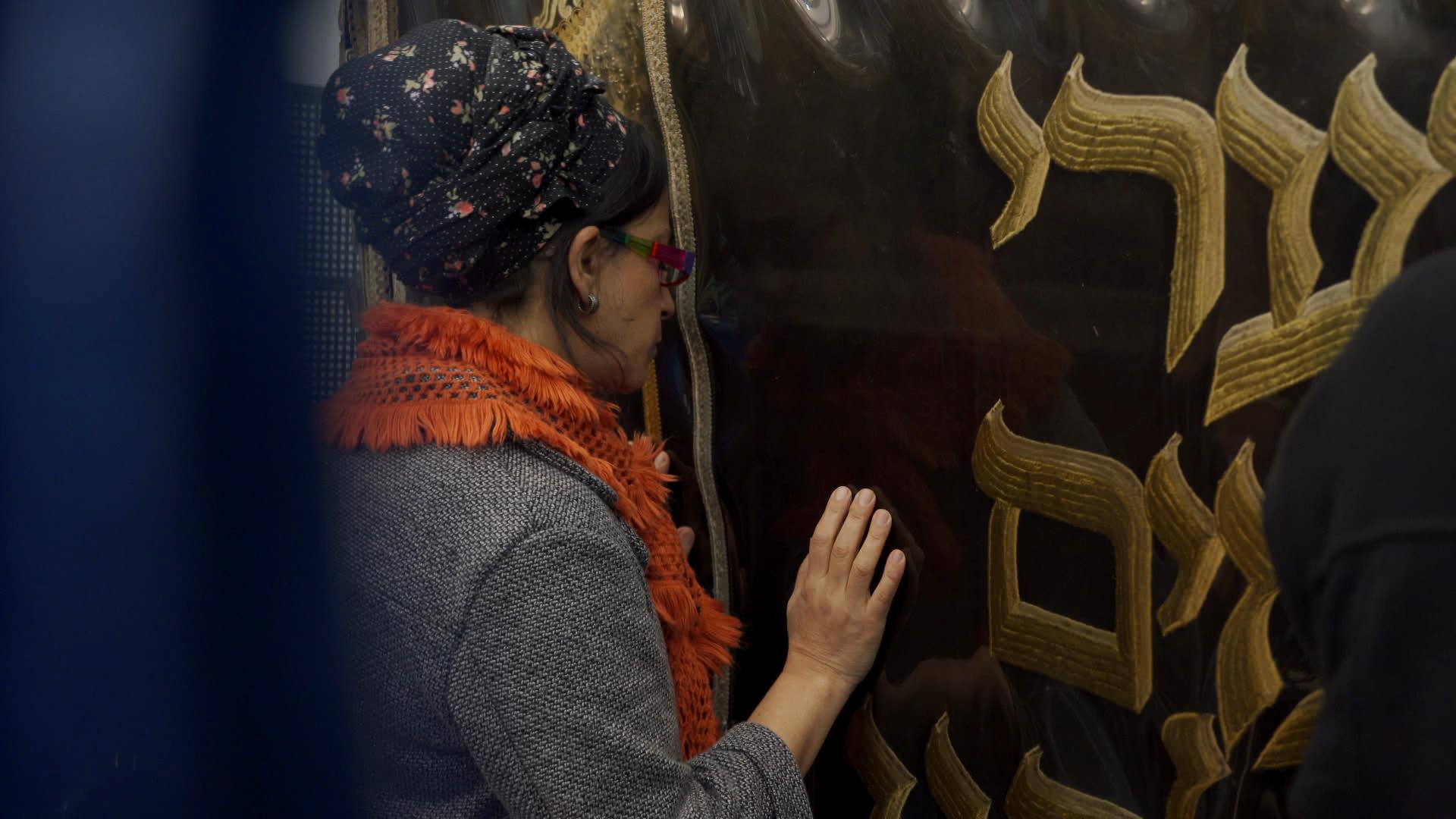
In the days following the disaster, Shirley and the production team considered how to incorporate the difficult event. "Initially, it was clear to us that Israel's life changed, and this documentation had to be part of our film. We even prepared an edited segment showing the chaos with background noise. But months later, we started thinking differently. We concluded our film should be about the eternal essence of Rabbi Shimon's tomb, unrelated to any specific time, even the most painful. We didn't want viewers leaving with heaviness; thus, from deep pain, we opted not to include the event. Yet, we eventually found a subtle way to acknowledge it."
Who is the film intended for?
"The film is primarily for the secular community. From the beginning, working on it, I consulted with rabbis, guided on every issue, knowing our target audience."
Why do you think it would interest a secular audience?<\/strong><\/p> "I know secular society well and understand how often ridicule and disrespect don't stem from disinterest but unfamiliarity. I wanted to delve into this space because closer familiarity with a sacred, special place like Rabbi Shimon's tomb can break stereotypes, presenting it in all its glory and offering viewers a different lens on life." Currently, the film screens nationwide at various locations and is set to air on Channel 8 on Lag BaOmer eve. Shirley accompanies screenings and chats with audiences before and after. "After one screening, a woman stood up, wearing pants, and declared: 'Every Jew in the world must see this film.' That warmed my heart," Shirley shares, adding, "After the film, we distribute stickers saying: 'What I ask is that you love and revere...' To convey unity, the message our film wishes to share."

